Over the years we’ve seen airlines tweak their boarding and deplaning process, in an effort to minimize turn times. After all, maximizing aircraft utilization lets planes generate more revenue. One airline in India is now taking efficient deplaning to a new level.
In this post:
IndiGo’s extreme deplaning process
IndiGo is an Indian low cost carrier that’s growing at a fast pace, with a fleet consisting primarily of Airbus A320-family aircraft. The airline has this week officially announced plans to deplane aircraft via three doors, including the forward left and right door, as well as the rear left door.
This new process will initially be deployed in Bengaluru (BLR), Delhi (DEL), and Mumbai (BOM), and will then gradually be extended to other cities.
IndiGo is the first airline in the world to regularly board a narrow body aircraft with three doors. The only other plane to board via three doors is the Airbus A380, the world’s biggest commercial jet, as it usually has two doors on the main deck and one door on the upper deck.
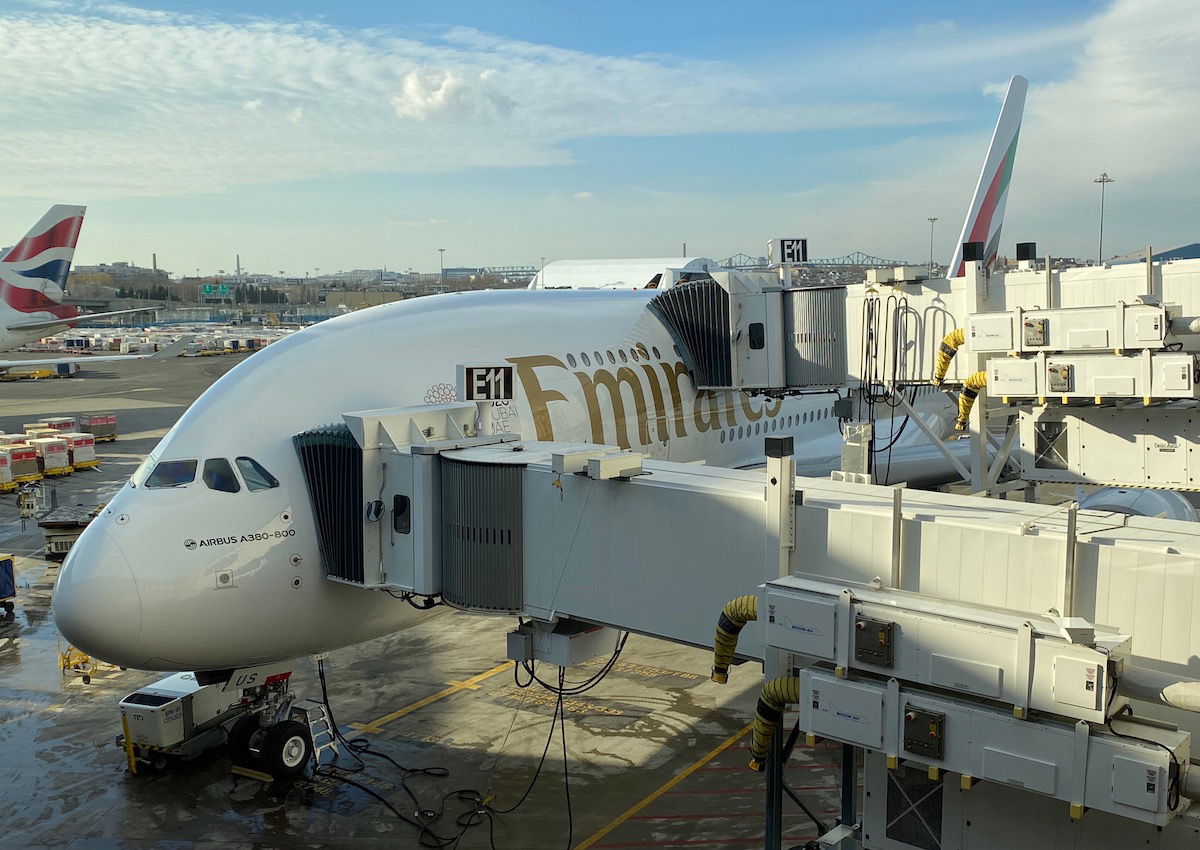
This is also the first time (at least that I know of) that an airline will deplane passengers through the right side of the aircraft. Historically the left side of the aircraft has been used for boarding, while the right side of the aircraft has been used for catering.
While I can appreciate how this will make things faster, presumably this also comes at a cost. The airline will have to pay for an extra ramp, and I’d have to imagine someone will also have to be on the right side of the aircraft managing the process and pointing people in the right direction.
How much time will IndiGo’s new boarding process save?
It’s claimed that it ordinarily takes 13-14 minutes to deplane an Airbus A321, the biggest plane in IndiGo’s fleet. However, with this updated process, it’s expected that it will take just 7-8 minutes to deplane.
I’m trying to wrap my head around how a 50% increase in the number of exits will lead to a 75-86% increase in the pace of deplaning. Admittedly the process of actually getting out the door is one bottleneck, but I’d think that getting down the aisle is another thing that takes time, and that’s still an issue, even with a second door in the front.
So I’d expect that an extra door would increase deplaning speeds, but not disproportionately in this way. I’m curious what I’m missing.
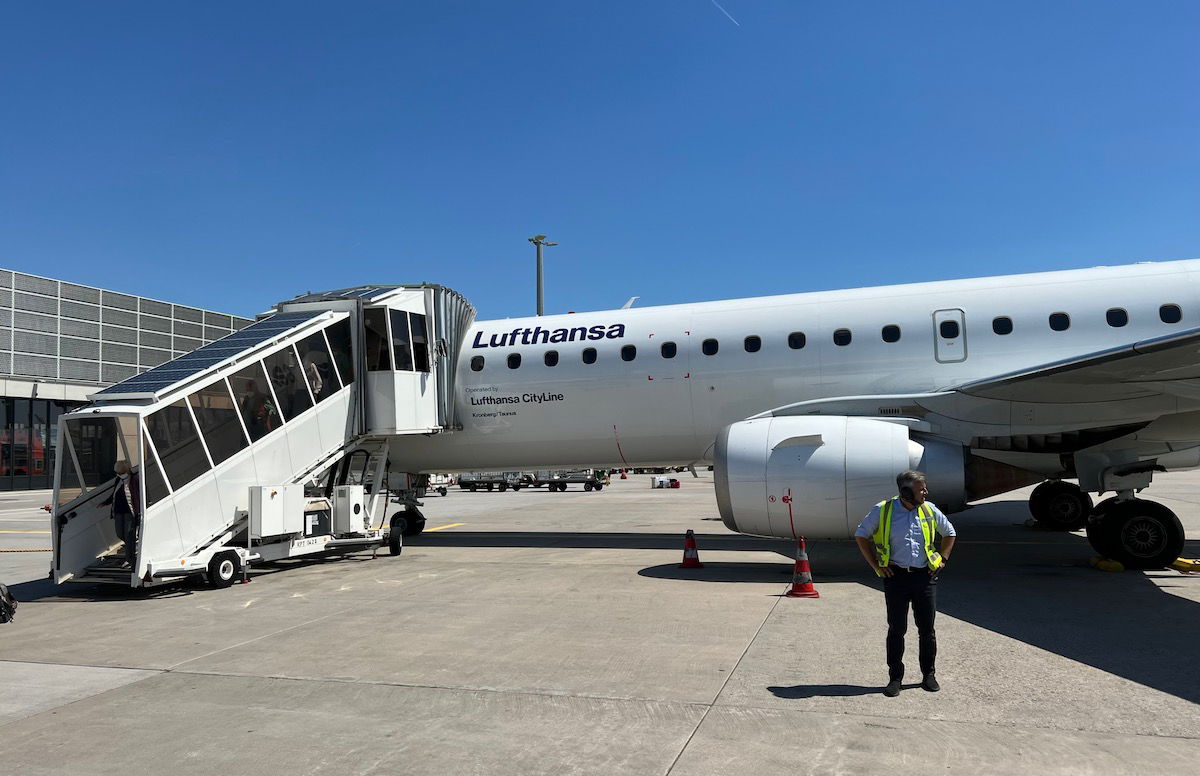
Bottom line
Indian low cost carrier IndiGo is trying to take its turn times to the next level by now deplaning passengers through three doors, with the addition of a ramp at the front right door. While I can appreciate how how this would shave some time off the deplaning process, I’m skeptical of the claim that it would reduce it from 13-14 minutes to 7-8 minutes.
What do you make of deplaning an A320 through three doors?
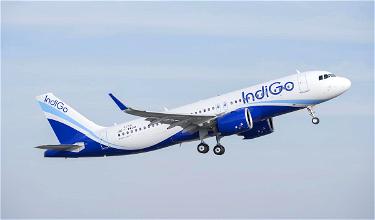

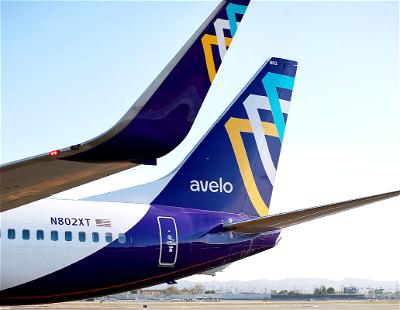
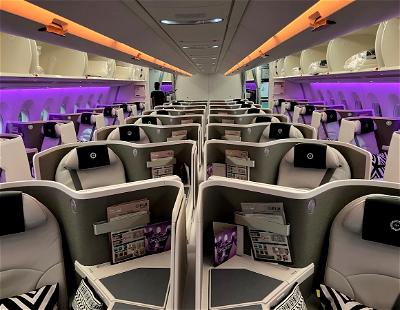

What you need is a function that dumps all the stuff in the overhead bins outside, using conveyer belts or something similar. That way people will scram to get out super quick, and the aircraft will be empty in record time!
But how will they deplane the wheelchair passengers if the R1 door is used for regular boarding? Wheelchairs are a bit more common on flights to/from and within India than other countries and they generally use a specialty truck as a lift at remote gates and board through the R1 door.
Maybe since they are preboard, the truck will leave and a regular ramp/stairs will be attached for regular boarding. However, that will likely add...
But how will they deplane the wheelchair passengers if the R1 door is used for regular boarding? Wheelchairs are a bit more common on flights to/from and within India than other countries and they generally use a specialty truck as a lift at remote gates and board through the R1 door.
Maybe since they are preboard, the truck will leave and a regular ramp/stairs will be attached for regular boarding. However, that will likely add turnaround time (even more for disembarkation), which defeats the purpose of boarding with 3 doors which is presumably to reduce the turnaround time. I doubt they will use R2 as that will likely be reserved for catering.
This is more of a gimmick than anything....a PR stunt to give passengers the impression of faster deplaning. In actually, this would only speed up deplaning of a twin aisle jet. On a narrowbody, it doesn't eliminate the bottleneck of the single aisle.
Where it could be beneficial would be to give first/business class passengers an added air of exclusivity by deplaning them on the right into a special bus, otherwise it makes little sense.
Ryanairs two door policy seems effective, a big part of it is having the stairs ready to go when the plane shows up too. On a single aisle plane I can't see the benefit of a second side. On a dual aisle sure...
Ryan Air has always used 3 doors if there is a wheelchair passenger on board
I think deplaning by 3 doors will not be much of help as third door on right side is used for staff works which will be in turn delayed so will affect next flight schedule.Moreover earlier Indigo was practising boarding and deplaning from front and back doors both which curtailed lot of time. I feel this was possible with more staff which is reduced by Indigo a lot in recent past to cut the cost.
Ban handluggage except small purses and you will see quick boarding and deplaning.
This would make sense on a widebody aircraft with 2 aisles. Otherwise only front and back doors on the left side are necessary. The front right door exit is a publicly stunt, it won't speed up anything since the aisle is the problem. This airline only uses narrowbody single aisle A320/A321s.
I wonder if it will be effective for the airline. As you said the right door is usually used for trash and catering etc so using it for passengers while an added cost will incur more time for the other things later. The staffs are often dealing with the trash and catering during deplaning. Wonder if it will be worth the effort. As others said I am amazed even to this day how many flights don't have two boarding doors used
At the old AA terminal at JFK, gate 4's jet way was on the right side of the airplane at door 1.
Good name
In 2019 I flew an IndiGo A320 from Jaipur (JAI) to Kolkota (CCU). At JAI boarding was at a stand with stairs to the front left door and a gentle, switchback ramp, to the rear left door. I boarded at the rear. It was my easiest boarding from a stand ever. It was a great for those of us with carry-on luggage. Boarding was quick.
Also, we had an all female crew (both flight and...
In 2019 I flew an IndiGo A320 from Jaipur (JAI) to Kolkota (CCU). At JAI boarding was at a stand with stairs to the front left door and a gentle, switchback ramp, to the rear left door. I boarded at the rear. It was my easiest boarding from a stand ever. It was a great for those of us with carry-on luggage. Boarding was quick.
Also, we had an all female crew (both flight and cabin). That was a first for me.
I agree that IndiGo is not an ULCC. The overall experience was at least as good as flying AA, DL, or UA in the US (admittedly a low bar).
I agree the numbers doesn't make sense. The bottleneck isn't the door but the aisle. So opening an extra door opposite of each would unlikely save much time. Utilizing an extra door in the middle would make the numbers more convincing.
As for service truck, I would say loading from front or back doesn't make much difference.
Totally agree with you. If the bottleneck were the doors, instead of the aisle, the presented numbers could be feasible, or at least close. If 180 pax can go out from two doors in 14 munutes, that means that 90 passengers can exit through a door in 14 minutes. Ir there were a third door that could be utilized efficiently (located in the center) then from each door 60 passenfers could exit in roughly 9 minutes.
This will not work efficiently as the right sides are for servicing the ac. Its time to just face the reality, ac utilization will take the same amount of time no matter how many doors are used for boarding and deplaning. Not unless people just get extremely bright, and that ain't happening! OR stop charging for checked baggage and charge only for carry-on, you might get a couple of minutes extra but doubt it.
6E doesn't have much beyond packaged buy on board. I'm pretty sure that the carts are all stored in the rear and there is no forward galley.
It may be that the speed to descend the stairs is more of a contributing factor than via jet bridge. Also, I feel like there's usually an initial snarl of traffic in the front, right after the door opens - maybe this allows that to disburse fast enough to generate savings. Look forward to seeing results.
Anyone who has boarded/disembarked in India knows what a chaotic mess it usually is, so any little bit would help I suppose
At least they are open to experimenting with this.
If you have a connecting flight, sometimes those 7-8 minutes matter a lot.
Long ago, approximately 30years, EAL tried using two doors on the L1011 (one on each isle). The process worked well until passengers complained about how long they had to wait for baggage. The baggage took the same amount of time as before, but the people were at baggage claim much sooner. sigh. Southwest also experimented with jet bridges that went to both doors on the same (left) side. It took quite a while to convince...
Long ago, approximately 30years, EAL tried using two doors on the L1011 (one on each isle). The process worked well until passengers complained about how long they had to wait for baggage. The baggage took the same amount of time as before, but the people were at baggage claim much sooner. sigh. Southwest also experimented with jet bridges that went to both doors on the same (left) side. It took quite a while to convince some passengers to go to the rear to deplane causing confusion in the isle.
I flew that EAL plane. The configuration worked well. Also, smaller EAL craft would use aft staircases as well as L1. Ah, "The Wings Of Man". Nothing is new.
Do 77Ws not sometimes board through 3 doors depending on cabin configs?
In theory you could, using doors 1L/2L and 5L, boarding from ramp level via steps. Common practice for ramp boarding will generally use either just 2L or 1L/2L. Same for jetway boarding.
Actually TWA at Terminal 5 in JFK boarded from the right on a couple of stands
https://www.airporthistory.media/product/new-york-kennedy-airport-aerial-view-of-twa-flight-centers-flight-wing-one-1971/
Well indigo does not have jet bridges in Bombay airport they shuttle the passengers from the gate. But even if they can deplane folks faster they will still need to get the cargo out refuel so the time is going to be pretty much the same be it one door or three.
I'd think using a rear and forward door would increase deplaning time by slightly less than 50%, as you're basically cutting the aircraft in half. It would be at best 50%, but some people would take the suboptimal direction, so it would likely be in practice less than a 50% decrease. Now the 2nd door up front makes zero sense. That would change virtually nothing. So yeah, their numbers are BS.
I'd like to see...
I'd think using a rear and forward door would increase deplaning time by slightly less than 50%, as you're basically cutting the aircraft in half. It would be at best 50%, but some people would take the suboptimal direction, so it would likely be in practice less than a 50% decrease. Now the 2nd door up front makes zero sense. That would change virtually nothing. So yeah, their numbers are BS.
I'd like to see aircraft manufacturers move their doors further back in the aircraft on their next generation of narrowbodies. Of course they are limited by the realities of where the wings can be placed on an aircraft and how close the jetway can be moved to the wings and engines.
I'm personally astonished how the majority of planes using airbridges still use just one door for access and egress. Many years ago, I noticed that Oslo airport had addressed this problem by having a Y-shaped airbridge (the right arm of the Y leading to steps down to tarmac level then steps up to the aircraft. I saw something similar at Gatwick a year or two ago.
Albany, NY had a Y jet bridge that went to the back at some stands but it required higher skill to align it over the wing, created a significant hill to walk over, and became expensive to maintain so it was removed m
IndiGo by definition of operation is not an ULCC since they still do provide check-in baggage for pax with a limited seat selection and they have a weird flex pricing which is 5% more then the normal fare and provides a meal selection, open seat selection and better cancellation policies.
They would fall in a Low Cost Carrier market and considering they have codeshare with both American Airlines and Turkish Airlines, operating segments of...
IndiGo by definition of operation is not an ULCC since they still do provide check-in baggage for pax with a limited seat selection and they have a weird flex pricing which is 5% more then the normal fare and provides a meal selection, open seat selection and better cancellation policies.
They would fall in a Low Cost Carrier market and considering they have codeshare with both American Airlines and Turkish Airlines, operating segments of the flights with lounge access. It is clear to see the difference from an ULCC
Agreed. VT-CIE has commented as much on this blog a couple of times before. Thanks.
It’s quite usual in FAE to use the right door instead the left
The A321 (at least the non-NEO version) has three full-size doors on the LH side, so presumably one could board through these three doors on the same side of the aircraft. Boarding and deboarding on both sides of the aircraft does not necessarily sound like a good plan in terms of passenger logistics on the apron.
The 2L door is way too close to the engine. Many airlines have tried it and most have abandoned the attempt.
I am skeptical about this step. I guess this is why the airline is experimenting with it. I find that storage and retrieval of hand luggage to/fro the overhead bins are the main bottleneck to deplaning quickly.
*boarding and disembarking, respectively
I with you @emily I don't think the factor that slows down deplaning (and/or boarding) is the "number of doors" but instead the actual people getting off/on the plane and the steps/time it takes for them deal with their belongings.
The reduction in time could conceivably be more than 33% (which is 50% increase in speed)
I guess that the time appropriate for putting in schedule is something like 90th percentile of times actually taken.
It sounds as though passengers average about 10 seconds to get out.
If say 5% of them take 60 seconds going down the steps and that causes backup into the fuselage, then the additional door could make...
The reduction in time could conceivably be more than 33% (which is 50% increase in speed)
I guess that the time appropriate for putting in schedule is something like 90th percentile of times actually taken.
It sounds as though passengers average about 10 seconds to get out.
If say 5% of them take 60 seconds going down the steps and that causes backup into the fuselage, then the additional door could make a huge difference because people will take the route(s) not blocked.
It has similarities with single-queueing, which I seem to remember you have praised in the past, although for different reasons?
Whether that is how times actually play out for deboarding I do not know.
Denver Stapleton airport, now decommissioned, used to have some jetways connecting to the right side of the aircraft. It was a UA hub. I remember boarding some United aircraft that way.